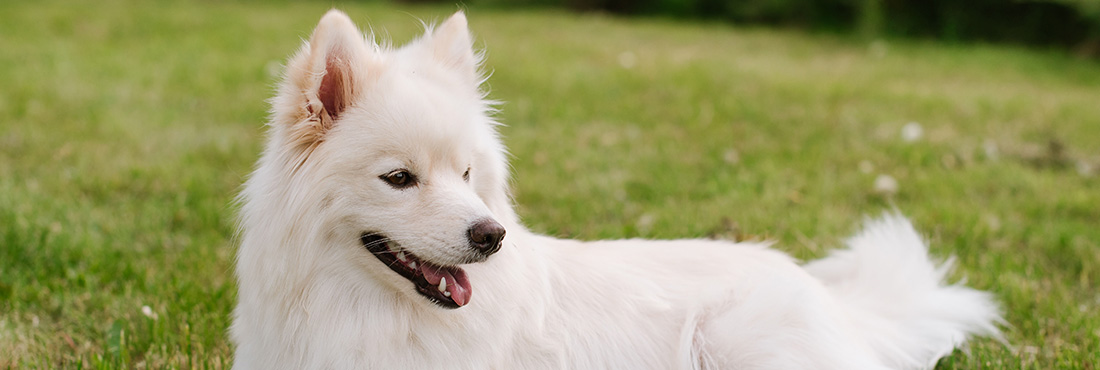Try mixing a classic Nordic wonder dog, one that is well-known for its tenacity, speed, endurance, strength, and agility especially amidst the harshest conditions in the land with that of a hound that is perfect for rounding up horses, cattle, and other herd in the grassy plains of Wales and you’ve got a really fascinating hybrid of a dog. The Corgi Husky Mix, otherwise known as the Siborgi or the Horgi, is a very interesting crossbreed between two venerable dogs. Both have the same wolf ancestors in the North. Both are outgoing and friendly, although the Corgi is smaller, more protective, and more tenacious than the Husky. The Husky, on the other hand, is bigger yet gentler despite its wolf-like features. It’s a very unlikely mix, but it still is a match made specifically for those who require a cuter, cuddlier, and definitely more adorable version of either the Husky or the Corgi.
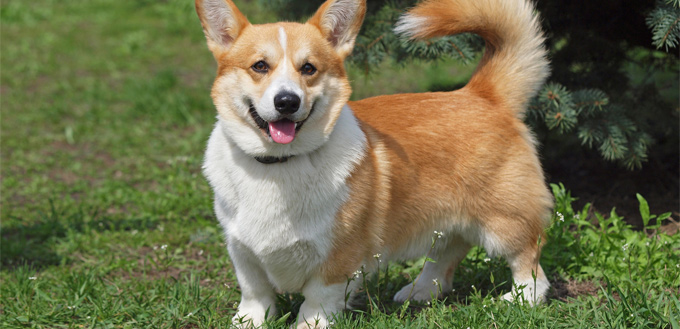
History of the Siborgi
It’s quite difficult to establish with absolute certainty the origins of the Siborgi. What is known is that the development of some of the world’s most famous dogs actually came from crossbreeding. For instance, the venerable Golden Retriever is actually a mix of several European breeds before it became an established purebred of its own.
The process of hybridization entails careful breed selection so that only the finest qualities of each breed are introduced into the mix. Unfortunately, this is not really easy to accomplish since there is no way one can be sure about how the different genes from both Corgi and Husky will be put into a sequence. One also needs to understand that for each trait, it can be either dominant or recessive. This can have an impact on the way certain features or characteristics of the dog will present themselves. For instance, if the trait for height is more dominant in the Corgi, then you can expect a much smaller Siborgi.
Crossing a Siberian Husky with a Pembroke Welsh Corgi cannot be accomplished using natural methods. The Husky is bigger and taller, measuring about 20 to 23 inches at the shoulder and weighs anywhere from 35 to 60 pounds. Compared to the Husky, the Corgi stands a maximum of 12 inches and weighs no more than 30 pounds. The 10 to 13-inch difference plus the 20 to 30-pound disparity in weight simply makes natural mating processes to be quite impossible. We haven’t even taken into consideration the rather short legs of the Corgi and the unusually long limbs of the Husky.
The only way one can produce a Horgi or a Siborgi is through artificial insemination. However, it is crucial that the bigger Husky be the recipient of the sperm cells. Thus crossbreeding should always involve a male Pembroke Welsh Corgi and a female Siberian Husky. The animal with the larger uterus is the one that can carry the pregnancy well into the delivery of the litter.
There really isn’t much that is known about the origins of the Siborgi except for the fact that it is a hybrid of a venerable heeler, the Welsh Corgi, and a proven work dog of the Arctic, the Siberian husky.
Who are the Parents?
Since we’re talking about a hybrid that comes from two very distinct breeds of dogs, it’s imperative that we know what its parents are to give us an idea of how the offspring will grow up.
Siberian Husky
The undisputed leader of the Northern pack, having descended from the Taymyr Wolf, the Siberian Husky is known for its classic wolf-like features. Long-believed to be a direct descendant of the grey wolf of the North, the husky has been recently established as more of a direct descendant of the Taymyr, a subspecies of the Grey. The Husky was bred by the ChukChi people who have inhabited the largely-inhospitable region of the Chukchi Peninsula. They used Huskies for transporting many of their materials from goods to be traded for raw materials for building their homes.
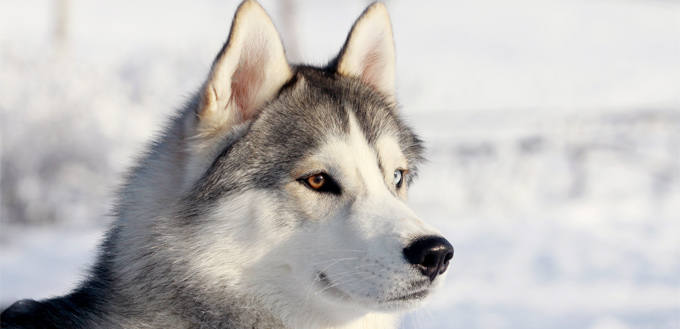
The Husky was considered a venerable part of the Chukchi family, enjoying warm meals with their families and kids surrounding a camp fire. In the summer, they were often let out so they could play out their natural wolfish instincts, hunting rabbit and other prey. It is for this reason that while the Husky is good with children, they have a prey drive that is essentially strong that they should never be left alone with very young kids.
The breed was introduced to North America at the turn of the 20th century when Russian traders brought the breed to Nome, Alaska during the feverish Nome gold rush. The locals of Nome called the Husky the Siberian Rat, perhaps in reference to its rather small size compared to the muscular and larger Alaskan Malamute. However, the Husky quickly rose to fame because of its agility, speed, resilience, and endurance even in the harshest of weather. Because of these characteristics, the Husky was the preferred breed when it came to sled dog racing.
With its outgoing personality, the Husky is best for folks who can lead an active lifestyle. It’s alert and intelligent requiring early training as this breed can be especially stubborn to teach if the one training it happens to be lacking in confidence. It’s friendly and gentle, too, especially with kids. But given that their prey drive hasn’t really been extinguished, you really shouldn’t leave a kid all alone with a Husky.
This 20- to 23-inch tall breed weighing 35 to 60 pounds has got to be one of the sturdiest in the planet. It may only live about 12 to 15 years, but these years are often uneventful ones. Except for the occasional hip dysplasia and eye problems, the Husky is one healthy hound having descended from the wolf.
You May Also Like: Dog Foods for Huskies
Welsh Corgi
There are two versions as to the possible origins of the Welsh corgi. One is a highly fabled one while the other is based on scientific observations. Regardless of which of these you would believe – fairy-gift or wolf ancestry – the Welsh Corgi is undeniably cute. It is a fun-loving and kid-friendly hound that has been bred specifically for rounding up larger animals. Some say the Corgi was a gift to Wales by the fairies of the land. Others say the breed is a descendant of the Vallhund from Sweden and the Lundehund from Norway, both of which are descendant of the Nordic wolves.
Throughout time, however, the Corgi has slowly shed its herding dog persona in favor of a royal lap dog. The breed is a well-known favorite of the British monarchy, especially Queen Elizabeth II. It is known that the Queen would have 4 to 5 of this breed at a time and loves posing for mementoes with these pooches.
Outgoing, active, and alert, the Corgi loves kids and other people. It can be really noisy because of its inquisitive and watchful nature, making for a great watchdog in the house. It is highly trainable, too.
Sadly, the Corgi comes with a handful of diseases including degenerative myelopathy, eye problems, hypothyroidism, epilepsy, and hip dysplasia, among others. It sheds a lot, too.
Related Post: Corgi Puppies for Sale
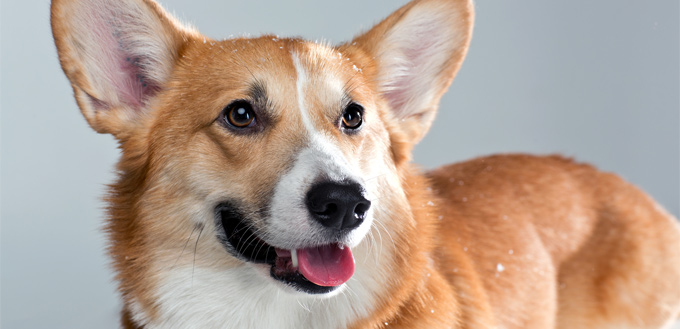
Quick Facts
Knowing that a Siborgi is a mix of a large Siberian Husky and a small Welsh Corgi, you’d definitely have to understand that the characteristics may not really be similar among dogs. Everything depends on the genetic composition of both parents and how this genetic information is translated into the Horgi. The following are just some of the facts that we now know of this hybrid.
- It can grow up to 15 inches in height, although it is theoretically possible that a Siborgi will grow even taller if it gets the height trait of its mother.
- The weight of a full-grown Horgi is very variable. It can be as light as 20 pounds or as heavy as 50 pounds. Again, everything depends on whose gene for weight is more dominant.
- The Siborgi has a very dense double coat with the undercoat being thick and short and the outer coat longer and coarser. There can be feathering on the Siborgi’ ears, chest, feet, and legs.
- The coat can be of different colors such as cram, white, black, orange, brown, blue, or brown.
- The head is a bit rounded like a Corgi with the erect ears of a Husky. The eyes are about the shape of an almond.
- The legs are stubby and short, looking more like massive yet short pillars supporting a heavyweight body.
- It sheds a lot. Daily brushing is a must.
- It needs plenty of exercise since you’ve got herding and working dog breeds for parents.
- The Horgi is very enthusiastic and is very eager to please.
Things You Should Know
Before you bring home a Siborgi, it is important that you take time to understand some of the essential requirements to become a pet parent of a Siberian Husky Welsh Corgi Mix.
- Training
The Siborgi is not very difficult to train as it is very eager to please its master. However, it is imperative that the handler knows the very essence of canine training and should adhere only to the principles of rewards-based, positive-reinforced training for dogs. While the hybrid is recommended for novice pet parents, it is not really ideal for folks who are not confident in handling dogs. The Husky in the Horgi is intelligent yet can be very stubborn especially if it senses that it is better and smarter than the person training it. The same is true with the Corgi. It may be intelligent, but it will require firm hands, consistency in commands, and good grasp of dog behavior for it to follow commands.
- Feeding
Both the Husky and the Corgi are well-muscled breeds, being working and herding dogs, respectively. Just because your Siborgi looks adorably cute that you think it no longer needs high-quality proteins, that’s where you’re wrong. All dogs require high-quality animal proteins to help them grow and live a healthier, more active lifestyle. Depending on the size of its mouth, however, you can go for smaller-sized kibbles. Feeding your Siborgi with a low-calorie, high-protein diet is a must since you don’t want your pet to grow obese. Remember that the Siborgi has a very stocky build yet with relatively short legs. The weight of its body will put pressure on its joints. Weight control should, therefore be a major focus in feeding Horgis.
Related Posts: High Protein Dog Food and Best Dog Food for Corgis
- Exercise
Being an offspring of two working parents, the Horgi requires at least 60 minutes of walking on a daily basis. Add to this about 3 hours of playtime every week in the backyard, preferably in the company of other dogs and pets so that socialization and exercise can proceed at the same time. Don’t forget to include mental and cognitive exercises by using interactive and puzzle toys as these can help cater to your dog’s intellectual needs.
- Socialization
The Horgi is pretty friendly to kids, other dogs, other pets, and even to other people. However, they still need early socialization especially during puppyhood. The earlier they get to meet and interact with other dogs and other pets, the more likely that they will be friendly to these animals as well. The same is true with kids and other people. It is often advisable that they be introduced or exposed to a variety of people so they will grow accustomed to such environments. Do take note that the Corgi in a Siborgi is a typical barker so it will do a lot of vocalizations if it notices something off or someone whom it doesn’t recognize.
- Grooming
Known for its dense double coat, the SIborgi is very prone to heavy shedding. Daily brushing of the coat is imperative; unless you don’t mind your Horgi developing mats and tangles which may predispose it to a number of skin problems. Twice weekly grooming is recommended, although it is better if you can do it every day. Brushing your dog’s teeth is also recommended on a daily basis since smaller breeds are more prone to the development of dental problems. If daily brushing is not feasible, at least twice a week should suffice. Bathing, cleaning your dog’s ears, and trimming the nails should also be done on a regular basis.
Check out some of our dog grooming guides, such as ear cleaner for dogs, tear stain remover for dogs, toothbrush for dogs, and dog brush for short hair.
- Health
The Siberian husky may be super sturdy, but the Welsh corgi isn’t. There are two health conditions that are common between the two breeds, however. Hip dysplasia and eye problems are very common in both huskies and corgis. It is inevitable that the Siborgi will also present with these issues. Other potential problems that you might want to keep in mind include uveodermatologic syndrome, intervertebral disc disease, and heart problems. The point here is to look at the parents and the ancestors of the Siborgi. Make sure none carry a genetic defect that can be passed onto your Horgi.
The Siborgi is perfect for the following pet parents:
- First-time owners, but who have a basic understanding of dog behavior and training
- Individuals who can devote at least 60 minutes of daily walks
- Folks who can devote at least 3 hours of play time every week
- Persons who have a knack for brushing a pet’s coat every day
- People who need a loyal, affectionate, and very gentle companion
However, if you are any of the following, then a Horgi is definitely not for you.
- People who have asthma, skin allergies, or any other hypersensitivity reactions especially to pet dander
- Folks who cannot devote at least 30 minutes of exercise every day
- Individuals who don’t like pet grooming and brushing of the coat
- Persons who don’t like excessive barking
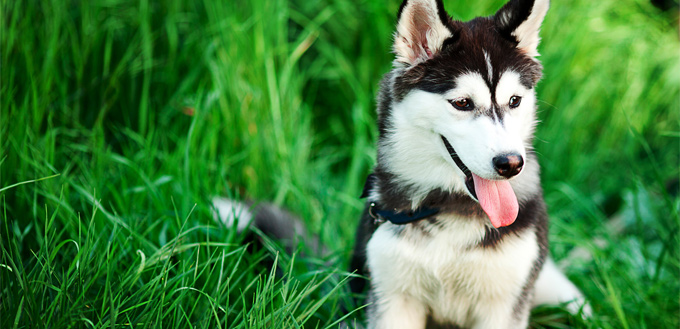
Temperament
The Siborgi is generally regarded as sweet and friendly primarily because its parents are also known as such. It makes for a great family pet especially those with kids who are already at least 8 years old. If the child is younger than 8, there’s a possibility that your kid will trigger the predatory instinct of the Husky in your Siborgi. The Husky’s prey drive, as one should take note, has never been really extinguished even with the crossbreeding with a Corgi. As such, it is imperative that canine socialization and training be commenced as early as possible.
Very eager to please, the Horgi is quite easy to train, provided you have a fair grasp of canine training basics. It loves the attention but will readily show you it’s the boss if it senses that you’re doing a sloppy job of being the pack’s leader. It loves social gatherings, being the center of attraction. If trained properly, the Siborgi will wow your crowd with its fancy antics.
For most pet owners of Horgis, it can bark a lot especially when announcing the presence of someone it doesn’t know or something it isn’t familiar with. It’s part of its alert nature.
The Siborgi is a hybrid of the venerable working dog of the North and the lovely and adorable herding dog of Wales. It’s a fun-loving, affectionate, friendly, and flexible dog that should make its parents proud. Above all, it could very well be the cuddliest dog you’ll ever own.
Sources:
- Pembroke Welsh Corgi, Vetstreet
- The Siberian Husky, Pet Health Network



